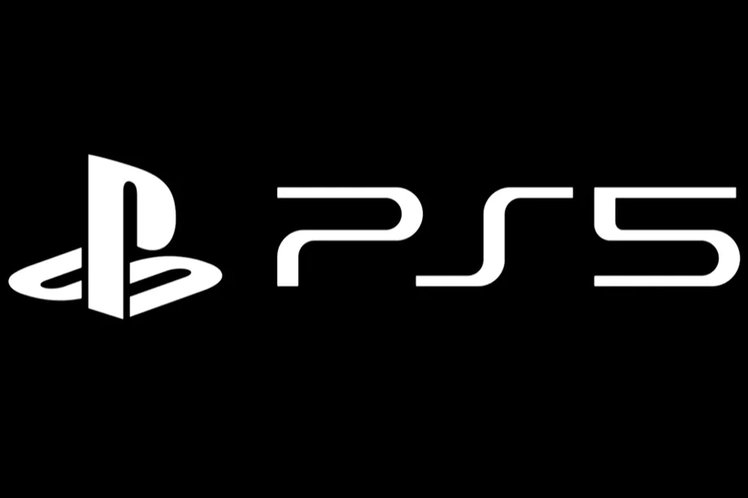
The PlayStation 5 will be coming at the end of the year, competing with the new Xbox Series X. Both consoles represent the next step in gaming.
This feature collates everything revealed about the PS5 so far: rumours, confirmed specs, leaked images and more.
The Future of Gaming live stream
A reveal event is on the horizon. It was due to be held on 4 June 2020 but has been delayed because of events in the US. We don’t yet know when the event will be re-scheduled.
“While we understand gamers worldwide are excited to see PS5 games, we do not feel that right now is a time for celebration,” Sony shared on Twitter on 1 June.
— PlayStation (@PlayStation) June 1, 2020
The event was first suggested to be focused entirely on the games playable on the console, but imagery around the event showed the new black DualSense controller (see below) in shadow. So we think Sony will also use the event to show the hardware off for the first time, too.
PS5 confirmation and logo
Sony Interactive Entertainment first confirmed that it was working on a “next-gen console” at the end of 2018, but it wasn’t until October 2019 that it was indeed to be called the PlayStation 5.
We now know that Sony has been working on the console for well over five years – in a recent deep dive PlayStation lead system architect Mark Cerny commented that the team had been thinking about the best route forward for the PS5’s storage options back in 2015-16.
We’ve now seen the logo for the PS5, revealed during the Sony press conference at CES in January 2020. It’s not particularly groundbreaking, considering it looks exactly like the PS4 equivalent, but it does mean the new console is an evolution of the existing family. There’s now a Sony webpage featuring the new logo.
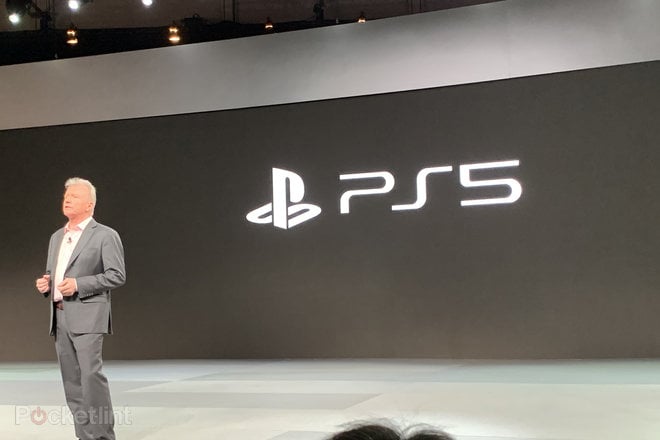
PS5 release date nbs
The PS5 will be released around the world from “holiday 2020”. One thing that might yet throw a spanner in the works is the coronavirus outbreak but we are still some way off launch and that date appears to still be being targeted.
The latest swirl of noise around the console’s release, though, is related to stock, with the word coming through that Sony might not manufacture as many units as expected. This is, according to reports, because the console will have a high price point that might make it slightly less best-selling than the PS4 was at launch.
This will apparently amount to between five and six million units by March 2021, instead of the seven-and-a-half million that the PS4 shipped in a similar timeframe.
PS5 price
It’s too early to know how much the PS5 will be on release, although rumours are swirling that it will be an expensive machine. For what it’s worth, we doubt it’d be anything shy of $499/£450 – the price of the Xbox One X on its release in late 2017.
At the end of May 2020, Sony Interactive Entertainment CEO Jim Ryan said that PS5 will offer the “best possible value” but that doesn’t “necessarily mean lowest price”.
Ryan added that “value is a combination of many things. In our area it means games, it means number of games, depth of games, breadth of games, quality of games, price of games… all of these things and how they avail themselves of the feature set of the platform.” Because of that, we’re expecting the price to be around $500/£500, potentially above the Xbox Series X.
We’ll update this feature with new rumours and/or confirmed details as and when they occur.
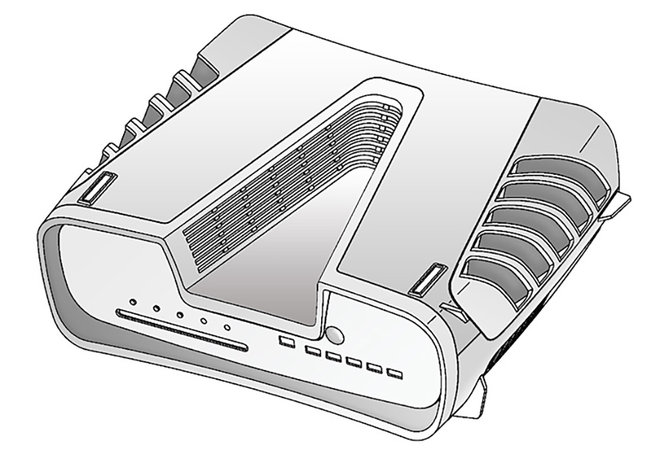
PS5 design
Although we don’t yet know what the consumer version of the PlayStation 5 will look like (in stark contrast to the Xbox Series X), a patent and subsequently leaked images show what the current PS5 dev kit looks like (above and below)
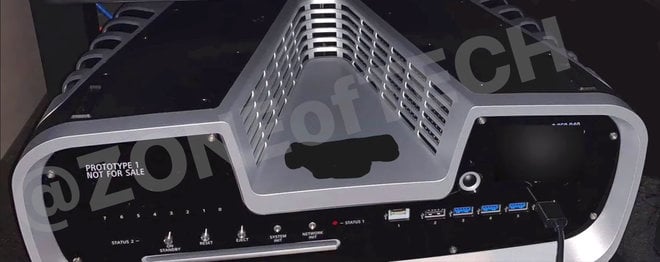
PS5 anyone? pic.twitter.com/cBggZTIty4
— The Drunk Cat™ (@Alcoholikaust) November 30, 2019
It should be said that there is little chance of the final consumer model looking anything like these models, and based on the design of the new controller, featured below, we’d expect that the console itself could end up looking entirely different to these kits.
PS5 controller (DualSense)
Although Sony’s remained cagey about the design of the console itself, it recently unveiled its next-generation controller, the DualSense – which marks the first new name in a long time for Sony’s controllers, which have long been called DualShocks.
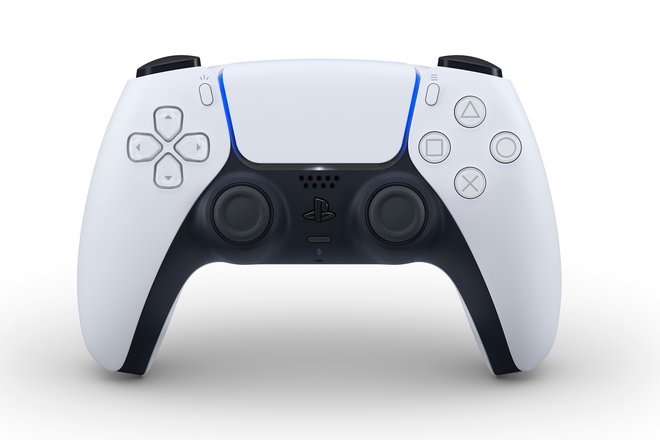
That’s not the only thing that’s changing, either – the DualSense features a radical new design language for Sony, and an entirely fresh colour-palette introducing white by default. The array of buttons hasn’t changed much, although the controller has upgraded high-definition haptic feedback which should make traditional rumble settings look antiquated.
The controller also has adaptive triggers for the first time, meaning that it catches up to the Xbox controller in many ways. It’s even going to have built-in microphones so that you can chat with friends without a headset, in theory.
PS5 specs
We now know an awful lot about the PS5 thanks to a deep dive on the console that you can watch right here:
Here are the PS5 specs in full:
- CPU: 8x Zen 2 Cores at 3.5GHz (variable frequency)
- GPU: Custom RDNA 2 – 10.28 TFLOPs, 36 CUs at 2.23GHz (variable frequency)
- Memory: 16GB GDDR6/256-bit RAM, 448GB/s
- Storage: Custom 825GB SSD
- Expandable storage: NVMe SSD Slot, USB HDD support
- Optical drive: 4K Ultra HD Blu-ray
Processor and RAM
Early in 2019, PlayStation lead system architect Mark Cerny revealed some key features. He said the new console would have an eight-core CPU based on AMD’s 7nm process and be similar to the Zen 2 Ryzen PC processors.
Now we know that the custom chip will feature eight Zen 2 Cores clocked at 3.5GHz (although capable of variable frequency).
In terms of memory, it will also sport 16GB of GDDR6 RAM, with 10GB running at 560GB/s and 6GB at 336GB/s.
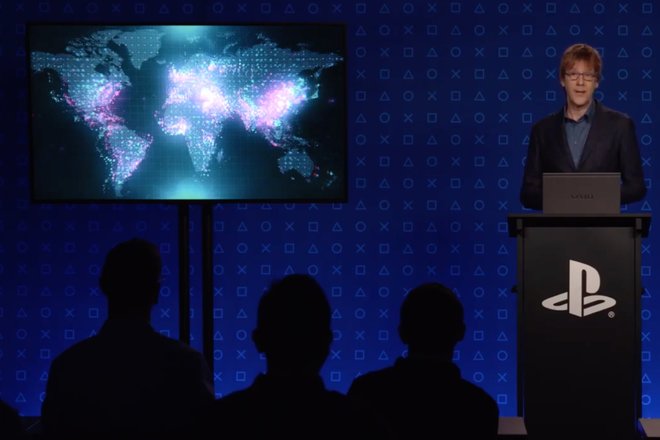
GPU and ray-tracing
Graphics hardware has also been revealed, with the GPU to be based on AMD’s Radeon Navi microarchitecture (a custom RDNA 2 chip). It will support ray-tracing, which will be hardware rather than software-led.
It’ll be capable of a huge 10.28 TFLOPs (compared to the Xbox Series X’s 12 TFLOPs) and features 36 custom cores clocked at 2.23GHz (again with variable frequency)
Subsequent reports, not least an CNET interview with PlayStation boss Jim Ryan, revealed that the PS5 will be capable of 4K 120Hz gaming – with resolutions reaching 8K sometime in the future.
Storage and SSD
Storage is provided by a solid-state drive (SSD) rather than the traditional hard drive tech used in PS3 and PS4. Loading games and pulling assets in-game will be much faster.
The storage size is cited as being less than the 1TB that will be provided with Xbox Series X and is set at 825GB – presumably, this is free space on a 1TB drive.
But there’s an expandable NVMe SSD Slot for an extra SSD so you could easily add another drive into the PS5. There is also the option of connecting an external drive though, thanks to USB support – this was also available on the PS4 of course.
The data throughput speeds are also impressive at 5.5GB/s (Raw) but typically 8-9GB/s of compressed data.
The included storage 825GB storage doesn’t seem like a lot when you consider that even PS4 Pro enhanced games can take up more than 100GB apiece (just look at Read Dead Redemption 2, for example, which weighs in at a minimum of 99GB).
Anyone who has swapped the HDD in the PS4 with an SSD equivalent will already know about some of the speed benefits, but the PlayStation 5 will combine notably faster data transfer speeds with on-board processing to make this even quicker still.
To demonstrate, Cerny used a modified version of Marvel’s Spider-Man in his 2019 demonstration. On the PS4, the fast travel loading cut screen logs in at around 15 seconds before Spidey appears at his new destination. On a PS5 devkit (at the time hidden inside a nondescript PC-style tower) it took 0.8 seconds.
You can even see the demo for yourself, as it was video recorded by the Wall Street Journal’s Takashi Mochizuki and posted on Twitter.
Sony’s official video comparing performance of PS4 Pro vs next-gen PlayStation pic.twitter.com/2eUROxKFLq
— Takashi Mochizuki (@mochi_wsj) May 21, 2019
Audio hardware will be improved through the AMD chipset. It includes a custom unit for 3D sound that he promises will provide significant audio improvements over current and previous-gen machines.
4K Blu-ray
We also know, thanks to a follow-up interview published by Wired in October 2019, that the PS5 will continue PlayStation’s tradition of coming with a disc drive – regardless of the rise in popularity of digital downloads. What’s more, that while Sony ignored 4K Blu-ray for PS4 Pro it is reversing that decision for PlayStation 5.
Robot companion
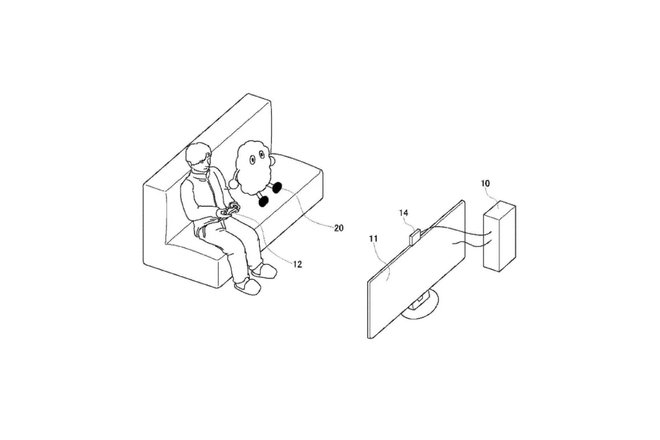
Chalk this up as unlikely, but a recent patent filing from Sony shows that it might have bizarre, ambitious further plans for the PS5. The patent showcases a robot companion that could sit alongside players, pointed at the TV as they play, and react to their gameplay.
If users play in VR, the robot could also be present and take on different forms. It’s not something that we’d expect to come out with the PS5, but it’s an interesting display of Sony’s ambitions.
PS5 backward compatibility and cloud gaming
One of the big confirmed features is complete backward compatibility with PS4 games. But unlike the Xbox Series X, not all of the existing games will be compatible. In the March 2020 “Road to PS5” presentation, Mark Cerny said: “Almost all the top 100 PS4 games will work on PS5 at launch”. That’s a little disappointing.
So what about cloud gaming? For PS4, Sony opted for a cloud-based service, PS Now, in order to offer PS3 games to play instead. But, that was never a solution for those who had discs on their shelves and no longer a console to play them on. Cerny’s revelation that backward compatibility with at least PS4 titles is most welcome, therefore.
That’s not to say Sony will turn its back on PS Now, the cloud gaming service is in the process of being improved and repackaged (and made cheaper). As Cerny said during his first Wired interview: “We are cloud-gaming pioneers, and our vision should become clear as we head toward launch.”
A deal with Microsoft to switch Sony gaming services to its Azure cloud servers could even see latency and other tech features of PS Now improve greatly in the coming year. Certainly, Sony does not want Google Stadia nor Microsoft’s own Project xCloud to snatch the cloud gaming market without a fight.
The gaming giant’s CEO believes that PS Now can become a bigger deal in the face of such rivalry: “We’ve actually achieved a lot, and probably a lot more than people realise,” Ryan told CNET. “Our intent is to build on those learnings and really look to try to take PlayStation Now to the next level later this year and then in the years to come.”
Also compatible with PS5 will be existing PlayStation VR headsets.
For now, since you’re stuck with the current generation of consoles for a while longer, why not check out our round-up of the best PS4 games every gamer should own?
